Contents
The climate in Siberia is such that gardeners should choose zoned varieties and hybrids for planting in personal plots. Among them is the Souvenir Altai apple tree, which is distinguished not only by cold resistance, but also by good yields. This variety will suit both amateur gardeners, both experienced and beginners, and professional farmers who grow fruit for sale.
History of breeding
Apple Souvenir Altai (sometimes sold as an Altai souvenir) was created by a team of breeders who worked at the M.A. Lisavenko Research Institute of Horticulture in Siberia (now the Federal State Budgetary Scientific Institution Federal Altai Scientific Center for Agricultural Biotechnology). It was the result of “crossing” varieties Gornoaltayskoye, Belfleur-Chinese and Pepin saffron.
Work began in the 50s. The stability of the characteristics was achieved only in the mid-70s. However, the Souvenir Altai apple tree was included in the State Register of Breeding Achievements even later – in 1999.
Description of the apple tree Souvenir Altai
Outwardly, the Souvenir of Altai apple tree is unlikely to be “identified” by a non-specialist. The tree looks completely “standard”. This also applies to fruits – they are quite presentable (especially for Siberia), but not unique.
Crown
According to the description of the originator, the Souvenir Altai apple tree is a tree of medium height, which, in principle, is typical for varieties bred for Siberia and other regions with a harsh climate. It grows up to a maximum of 4-5 m. The crown is compact, rounded, rather dense.
The shoots are strong, withstanding the weight of the crop and snow. They are characterized by a thick soft “edge”. Growth rates are high – 35-40 cm per season. Sheet plates with a “wrinkled” surface, a glossy sheen appears in the sun.
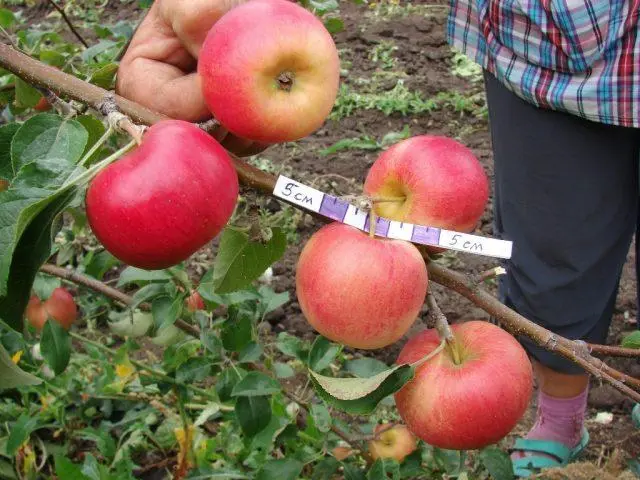
Apple Souvenir Altai blooms late, which minimizes the risk of death of buds and ovaries due to frost
Description of fruits
The average fruit weight is 77 g. Although, if the gardener is lucky with the weather during spring and summer and he provides high-quality care to the Altai Souvenir apple tree, this figure “rises” to 85-130 g.
The shape of the apples is symmetrical, rounded, cone-shaped or slightly flattened. The light green skin changes color to pale yellow as the fruit ripens. On the “sunny” side, it is covered with blurry spots and stripes of “blush”. Its hue varies from pinkish to crimson and raspberry. Often there is a thin layer of bluish “wax” coating.
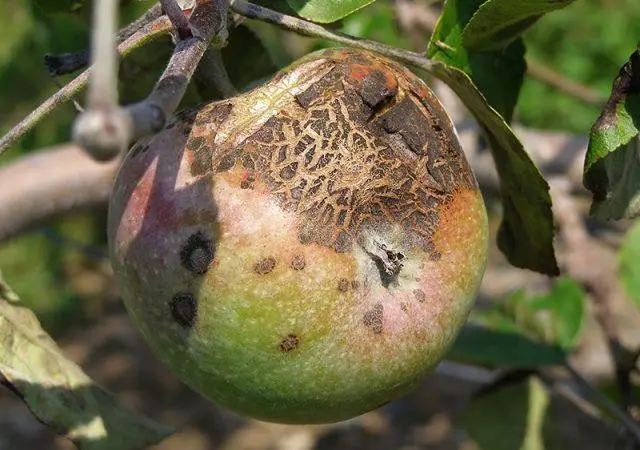
In Siberia, Souvenir Altai apples are considered large, but for other regions it is an average size or even below average.
Characteristic of the variety
The main characteristic that gardeners are guided by when choosing varieties and hybrids of fruit and berry crops for planting in Siberia is cold resistance. In the Souvenir Altai apple tree, it is successfully complemented by other qualities that allow it to remain “competitive” for several decades now.
Palatability
The pulp of apples is snow-white, sometimes with a barely noticeable greenish undertone. On the cut, it is fine-grained, not particularly dense, but juicy, very tender. The pulp has a pronounced refreshing aroma.
The taste is balanced, sweet and sour. According to this indicator, professional tasters rated the fruits very high for the Siberian variety – by 4,4 points with a maximum of five.
Terms of maturation
In terms of fruit ripening, the variety belongs to late autumn. Sometimes it is even referred to as winter. The harvest is taken in the first decade of September. The fruits ripen “massively”, even at the stage of full ripeness they hold securely on the branches, do not fall off.
Productivity
The yield demonstrated by the Souvenir Altai apple tree during official variety trials was 70 centners per hectare. According to this indicator, it slightly, but surpassed the variety chosen as the reference.
On average, amateur gardeners can count on 35-40 kg of fruit from an adult tree, a professional farmer – 45-50 kg. The Souvenir Altai apple tree reaches such indicators by the age of 7-8 years. Harvests are annual, little dependent on the vagaries of the weather.
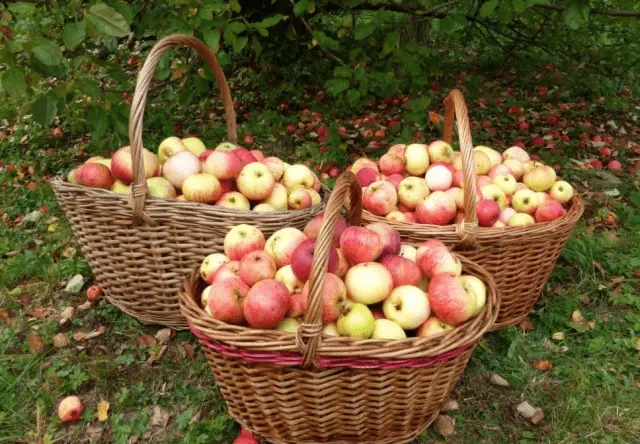
“Breaks” in fruiting for this variety are uncharacteristic
The first apples can be tasted 4-5 years after planting the seedling in a permanent place. Accordingly, the Souvenir Altai variety is considered to be medium in terms of precocity.
Frost resistance of the apple tree Souvenir of Altai
Winter hardiness is officially recognized as “high”. In Western Siberia, it endures a prolonged drop in temperature to -30-35 ° C without damage or with minimal damage, especially if the winter is snowy.
The tree affected by the cold “regenerates” quickly, during the next season. In the future, it brings crops in the same volumes, the fact of freezing does not affect this.
Apple Pollinators Souvenir Altai
In the description of the originator, the variety is positioned as self-fertile. However, the practice of its cultivation shows that in the absence of “neighbors” within a radius of 20 m, pollination occurs very “reluctantly”, maximum yields can not be expected.
Pollinator varieties for apple Souvenir Altai are selected based on two criteria – the ability to adapt to the Siberian climate and flowering at the same time. Suitable for example:
- Gornoaltaiskoe;
- Alyonushka;
- Wound;
- Welsey;
- Bellefleur-Chinese;
- Pepin saffron.
Where is grown
Apple Souvenir Altai was specially created for cultivation in Western Siberia. It is this region in the State Register that is indicated as the most suitable for its cultivation. In the rest of Our Country, the variety is not very well known and, accordingly, not very popular.
Disease resistance
Apple Souvenir Altai has an “innate” immunity to scab. This fungal disease, even in the seasons of “mass” epidemics, affects only the leaves, the fruits do not suffer from it. Also in the description of the originators, medium resistance to moniliosis is mentioned.
In general, gardeners note that the overall hardiness of the Souvenir Altai apple tree allows it to successfully resist any pathogenic microflora. Especially if you provide the tree with minimal competent care and do not forget about preventive treatments.
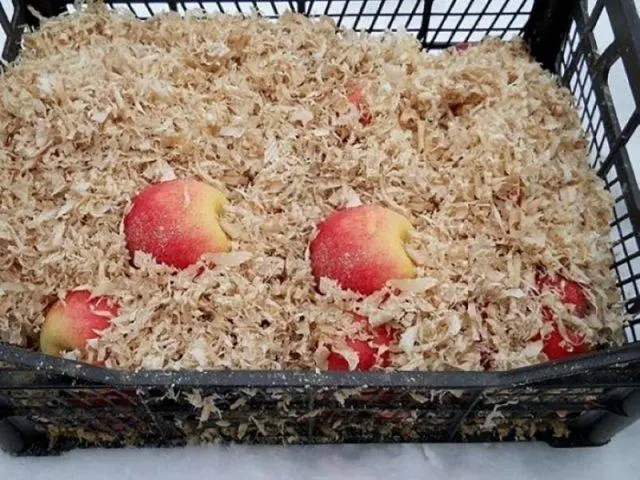
Scab is a dangerous disease of fruit trees, fruits affected by it cannot be eaten.
Advantages and disadvantages
Fruits from the Souvenir Altai apple tree are distinguished by a fairly high content of vitamin C – almost 12 mg per 100 g. The balance of acidity and sweetness is achieved by the presence of natural sugars (about 11,5%).

In terms of use in cooking, fruits with apple trees Souvenir Altai are universal
Pros:
- cold resistance sufficient for Siberia, quick and “painless” recovery in case of freezing;
- high resistance to negative external influences, including the vagaries of the weather;
- the presence of immunity to scab, relatively rare cases of infection with moniliosis and other fungal diseases;
- average height, compactness of the tree crown;
- annual fruiting, stable yield level;
- keeping quality and transportability of apples;
- external presentability of fruits, size large enough for Siberia;
- very good, balanced taste;
- the versatility of the purpose of apples.
Cons:
- actual self-fertility with declared self-fertility.
Planting an apple tree Souvenir Altai
Considering the severity of the Siberian climate, the place for planting the Souvenir Altai apple tree is chosen as “comfortable” as possible. She needs the following:
- good illuminance;
- free air circulation;
- lack of groundwater coming closer to the surface than 2 m;
- quite fertile, but at the same time loose substrate;
- the acid-base balance of the soil is close to neutral.
They dig a hole in the fall, the approximate dimensions are a depth of 60-70 cm and a diameter of 80-90 cm. About 4 m is left between neighboring trees, the optimal row spacing is 4,5-5 m. Direct planting takes place in the same way for any fruit and berry crops algorithm.
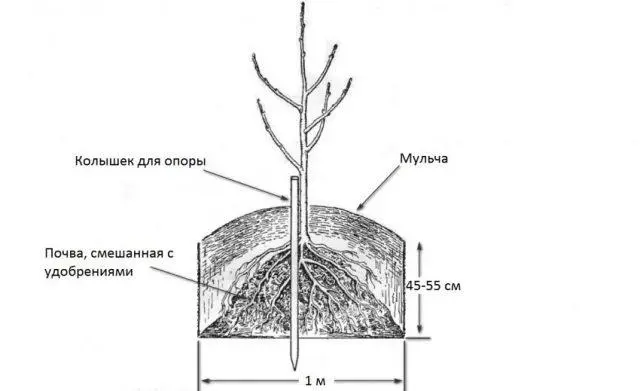
Due to the climate, the only acceptable option for Siberia is spring planting.
Care instructions
Caring for an apple tree Souvenir Altai takes the gardener a minimum of time and effort. It is limited to standard agricultural practices for culture:
- Watering. The drought resistance of the Souvenir Altai apple tree is not bad, often it has enough natural rainfall. If there is no rain, the tree is watered every 2-2,5 weeks, given that it needs water most of all at the stage of active growth of green mass, during flowering, ovary formation and in preparation for winter.
- Top dressing. At the beginning of the season, the tree needs nitrogen fertilizers, humus to maintain soil fertility. Next – three complex top dressing: during flowering, a month after it and at the end of September.
- Loosening, weeding, mulching. The trunk circle is recommended to loosen and weed 2-3 times a month. Or immediately after landing, cover it with mulch, saving time on these events.
- Pruning. Apple Souvenir Altai is best suited for a sparse-tiered crown configuration. It is formed in 3-4 years, then you only need to maintain the result. Since the crown is prone to thickening, sanitary pruning is carried out twice a year.
- preventive treatments. At the beginning and at the end of the season, it is advisable to spray the Souvenir Altai apple tree with broad-spectrum fungicides and insecticides. Treatments are repeated in case of “mass” epidemics and pest attacks. For prevention, as a rule, there are enough folk remedies.
- Preparing for winter. Despite the high frost resistance, it cannot be neglected. The trunk circle is cleaned of debris, the mulch is replaced with fresh (layer up to 15 cm), the bole and skeletal branches are whitened. If the winter is expected to be especially harsh and with little snow, it is recommended to additionally “insulate” the trunk.
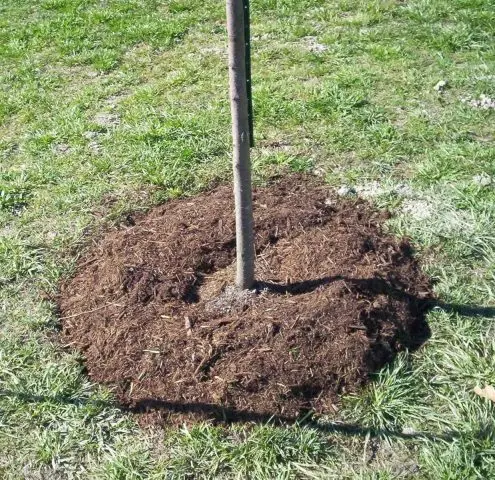
Mulch prevents the rapid evaporation of moisture from the soil, which makes it possible to water the apple tree less often.
Collection and storage
Approximate crop ripening time on the Souvenir Altai apple tree is the first half of September. However, if in the spring it blooms later than usual due to unfavorable weather, the collection of fruits is delayed by about the same amount.
Fruit is removed along with the stalks. Before laying in storage they are carefully sorted out. All specimens, even with minimal damage of any origin, are left to be eaten fresh or processed into homemade preparations.
In order to extend the shelf life of fruits from the Souvenir Altai apple tree for as long as possible (up to six months), it is necessary to create optimal conditions for them. The easiest way to do this is in the basement or cellar:
- temperature 4-5 ° C;
- air humidity 80-85%;
- lack of light and cold drafts;
- good ventilation.
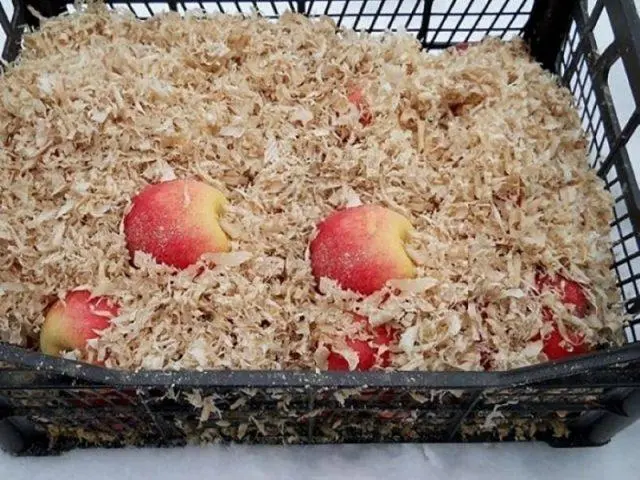
On average, Souvenir Altai apples are stored for 3-4 months
Conclusion
Apple Souvenir Altai is a variety whose advantages and disadvantages gardeners have studied well. For Siberia and other regions with a harsh climate, it is suitable according to the main criterion – frost resistance. This quality is successfully complemented by “non-capriciousness” in care, annual fruiting, productivity, little dependent on negative weather influences, and the presence of immunity to scab.









